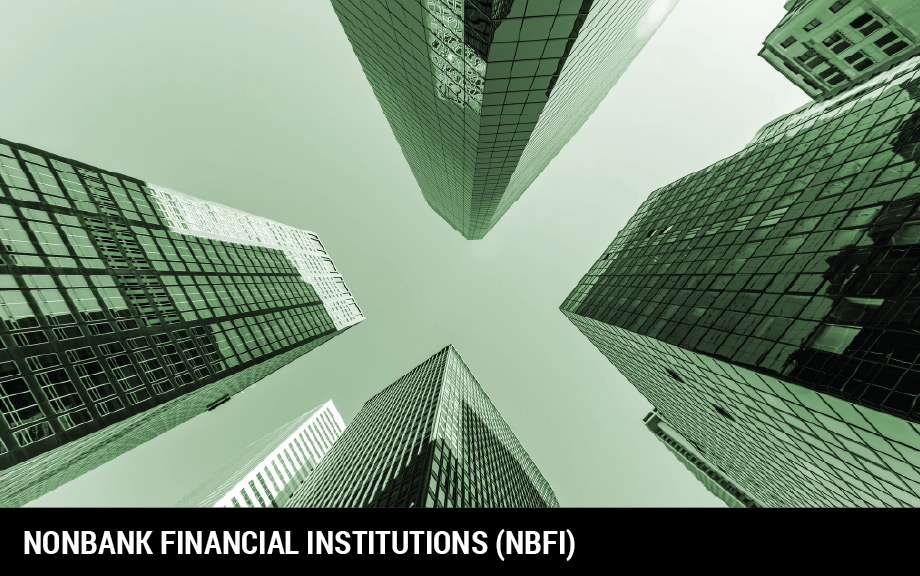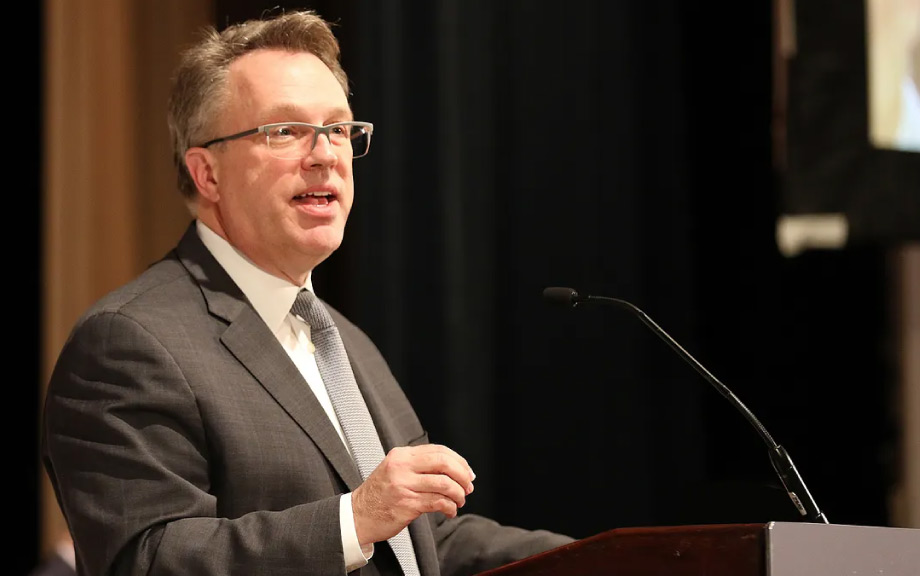
In remarks at a conference celebrating the centennial of the Central Bank of Chile on November 21, New York Fed President John C. Williams discussed the importance of inflation targeting in helping central banks achieve price stability and better economic outcomes, particularly after the onset of the COVID-19 pandemic. He also gave his views on inflation, employment, and monetary policy in the United States.



















